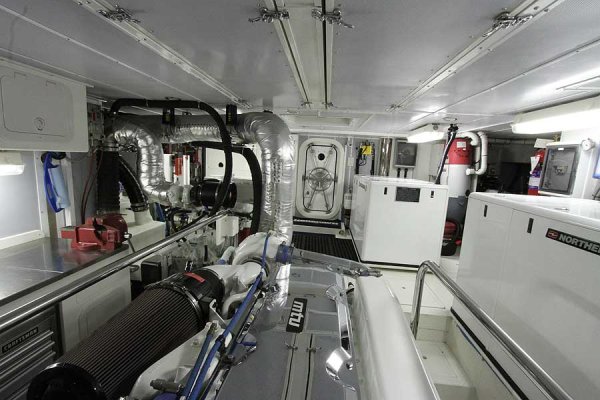A watertight door does not make a watertight bulkhead. First of all the bulkhead has to be strong enough to withstand the pressure of having one side filled with water. Then each and every penetration(each wire, pipe, shaft, vent, etc) of that bulkhead must receive considerable attention so it remains watertight under pressure. Watertight doors are useless unless routinely kept shut and dogged. Two people drowned and the Queen of the North sank partly because the watertight doors each end of the engine room were routinely left open (it was cooler that way).
No Classification society will allow any openings in a real (forward) collision bulkhead. Arguably the bulkheads forward of the rudderstock and fore and aft of the engine room are more likely to be called upon in a yacht. Commercial vessels spend a lot of hours under way and seem more inclined to be involved in a collision. Pleasure craft are rarely in collisions but do occasionally knock the rudder out of the boat or have a "high-water in the engine room" incident.


 On the other DD's the shorter sea chest has multiple valves for the various salt water feeds into the boat. I think these valves are hidden in this photo by the taller sea chest.
On the other DD's the shorter sea chest has multiple valves for the various salt water feeds into the boat. I think these valves are hidden in this photo by the taller sea chest. 
